Ailyn Lee and the Poetics of Material: Stone Clay, Hanji Paper, Nobang Silk
In 2022, we spoke with Ailyn Lee about the roots of her practice, a conversation that traced her journey from her grandmother’s antique shop in Busan to her life in New York.
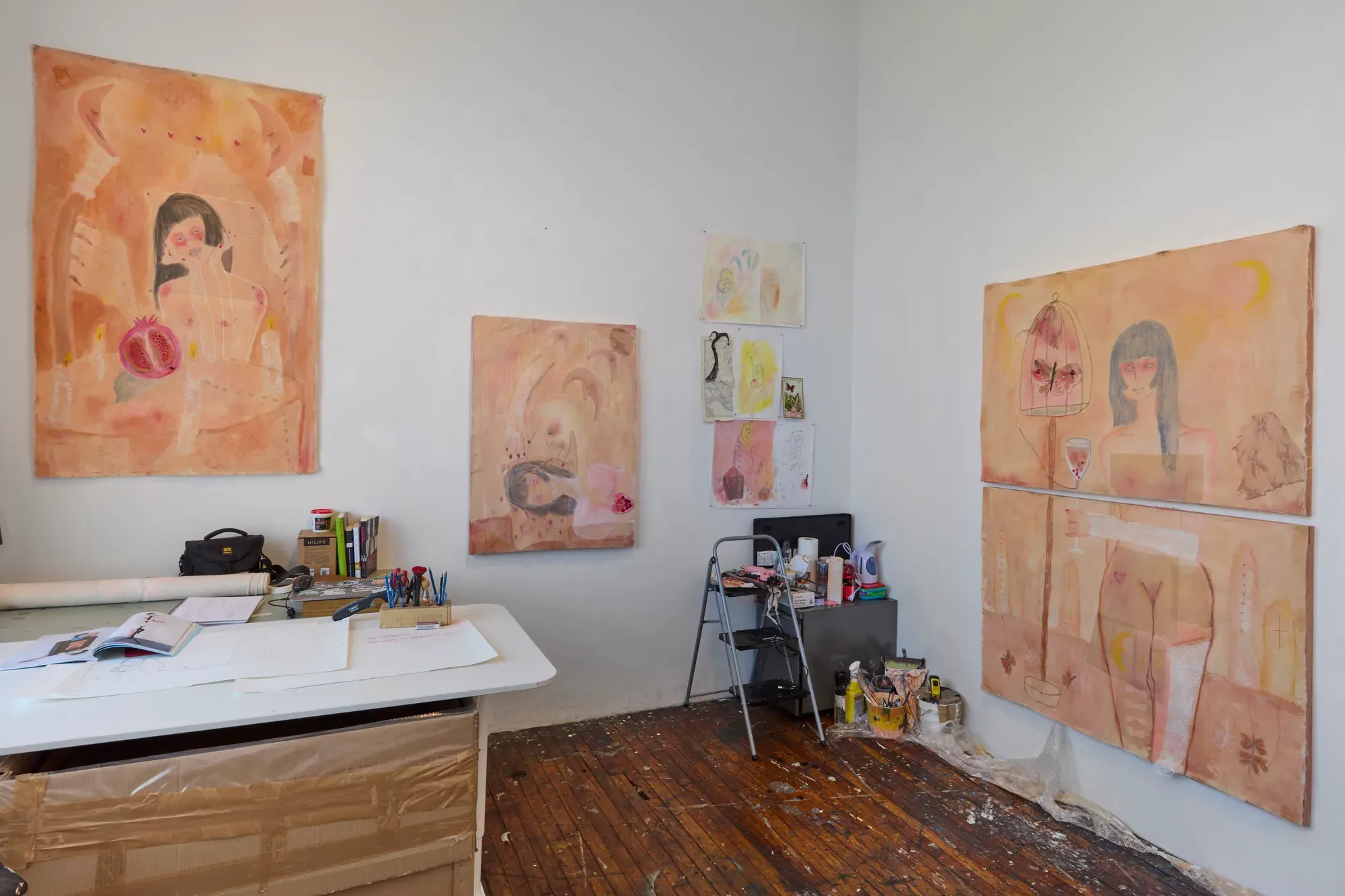
This new feature is a condensed look at where her work stands today: the shifting territory she is charting through stone clay, silk, and paint, and the symbols that keep returning to her canvases.
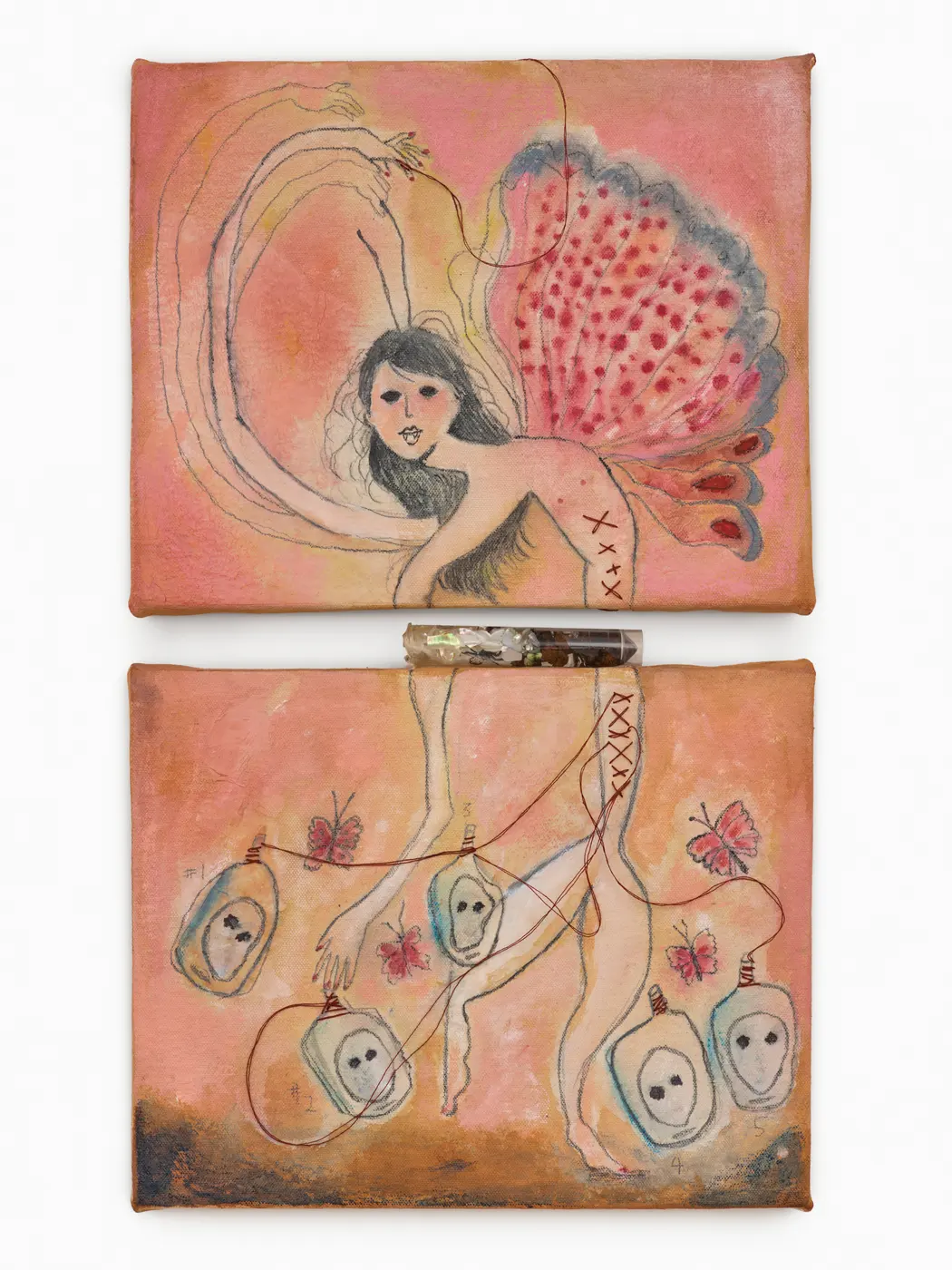
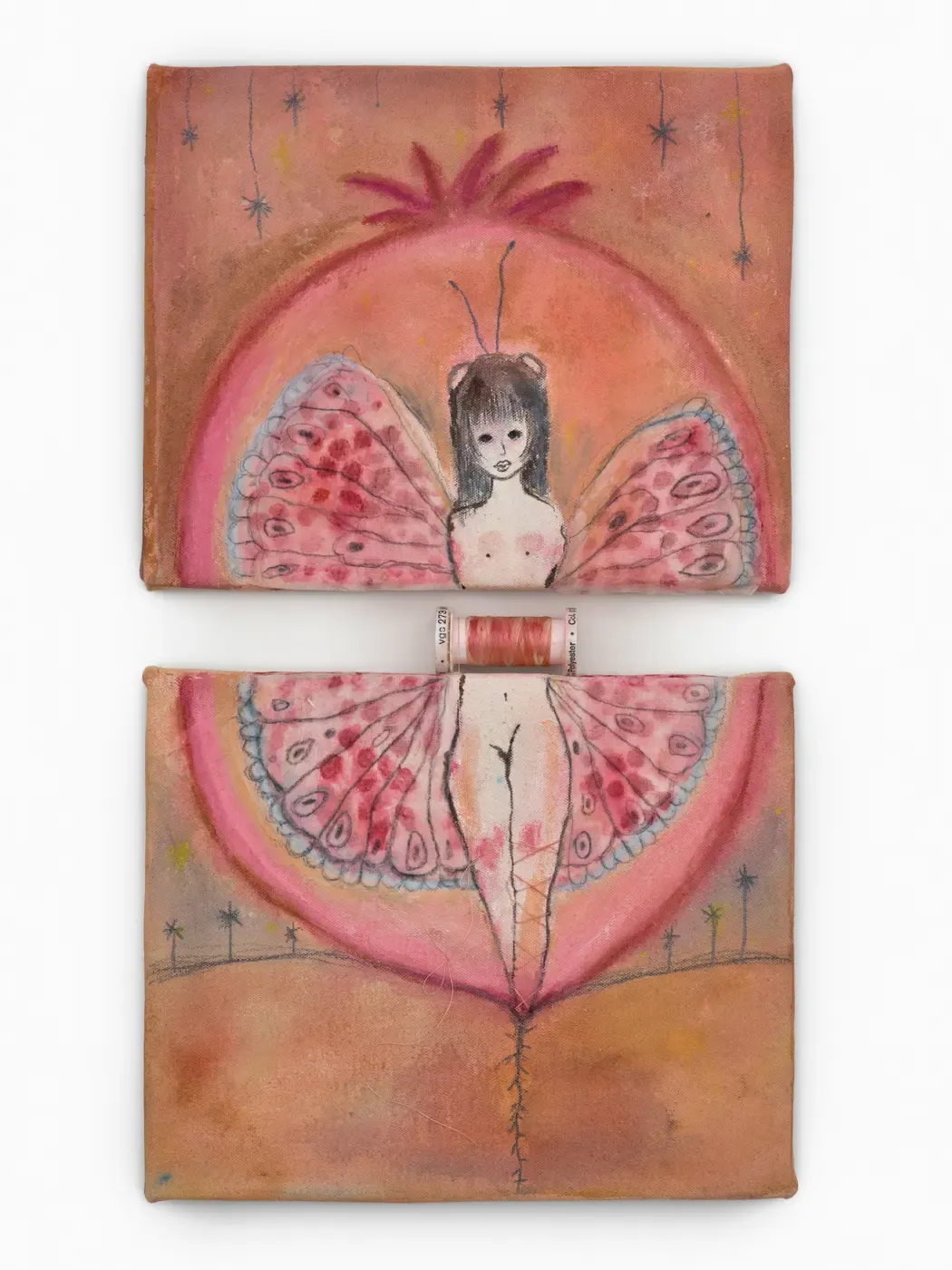
Ailyn Lee — Pomegranate Cocoon, 2025 Mixed-media diptych (graphite, acrylic, pastel, test tube with glass beads, epoxy, Korean hanji paper, Korean nobang silk, thread on canvas), 10 × 8 in each. A metamorphic icon: a winged girl emerges inside a pomegranate halo. Bodies, objects, and memory are stitched together, part relic, part talisman, where transformation reads as tenderness. (right) The Butterfly Collector, 2025 Mixed-media diptych (graphite, acrylic, pastel, test tube with soil, mother-of-pearl, epoxy, plastic ant, Korean hanji paper, thread on canvas), 10 × 8 in each. Wings unfurl as red threads tether specimen-like masks and small butterflies. A choreography of keepsakes and loss - the body as archive, the canvas as field note on metamorphosis.
Dream Fragments as Compass: Inside the Studio Process
Ailyn Lee’s recent works carry the weight of memory in their materials. Stone clay, paraffin wax, mother-of-pearl, Hanji paper, and Nobang silk become more than surfaces — they are tactile archives.
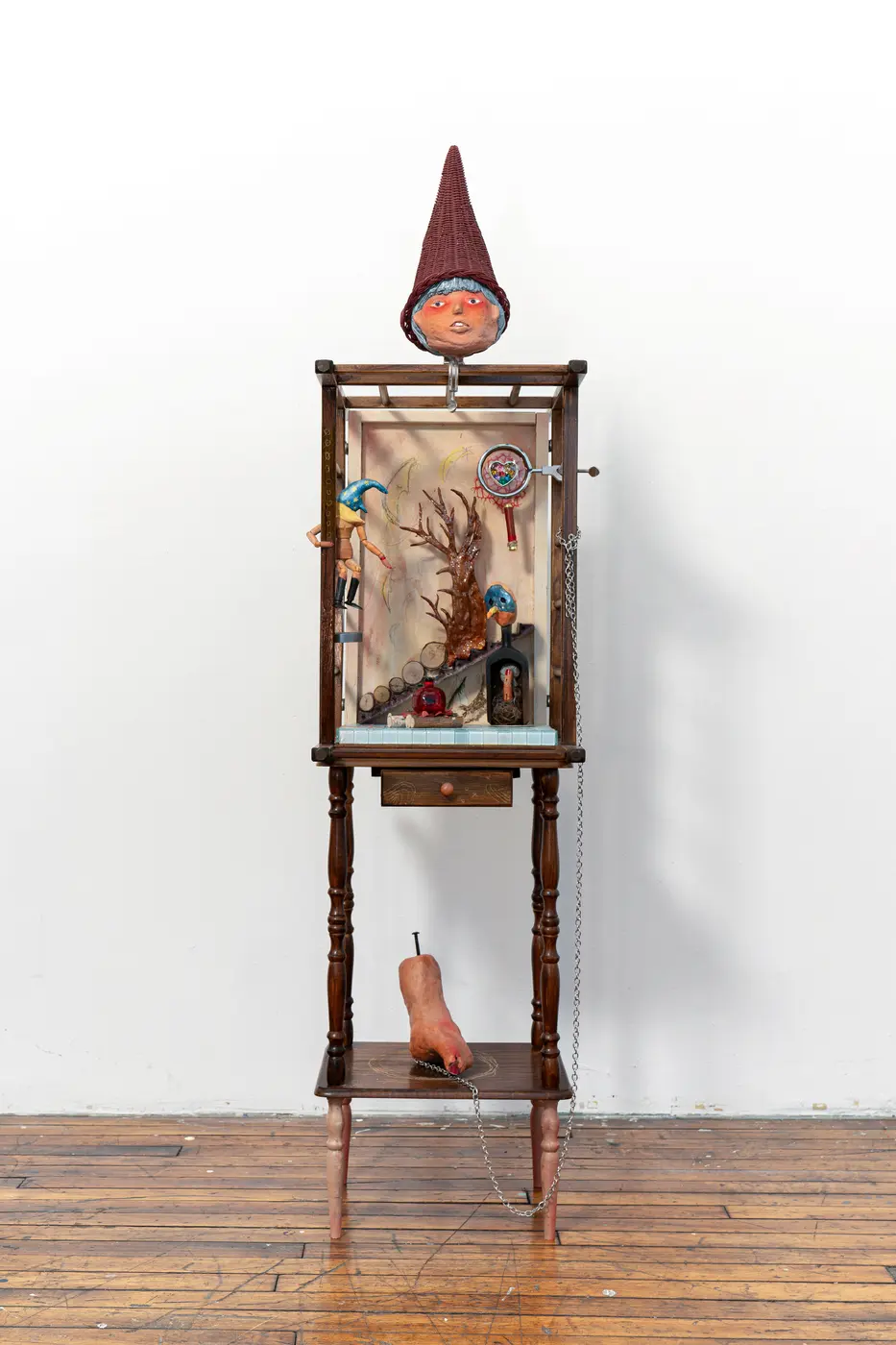
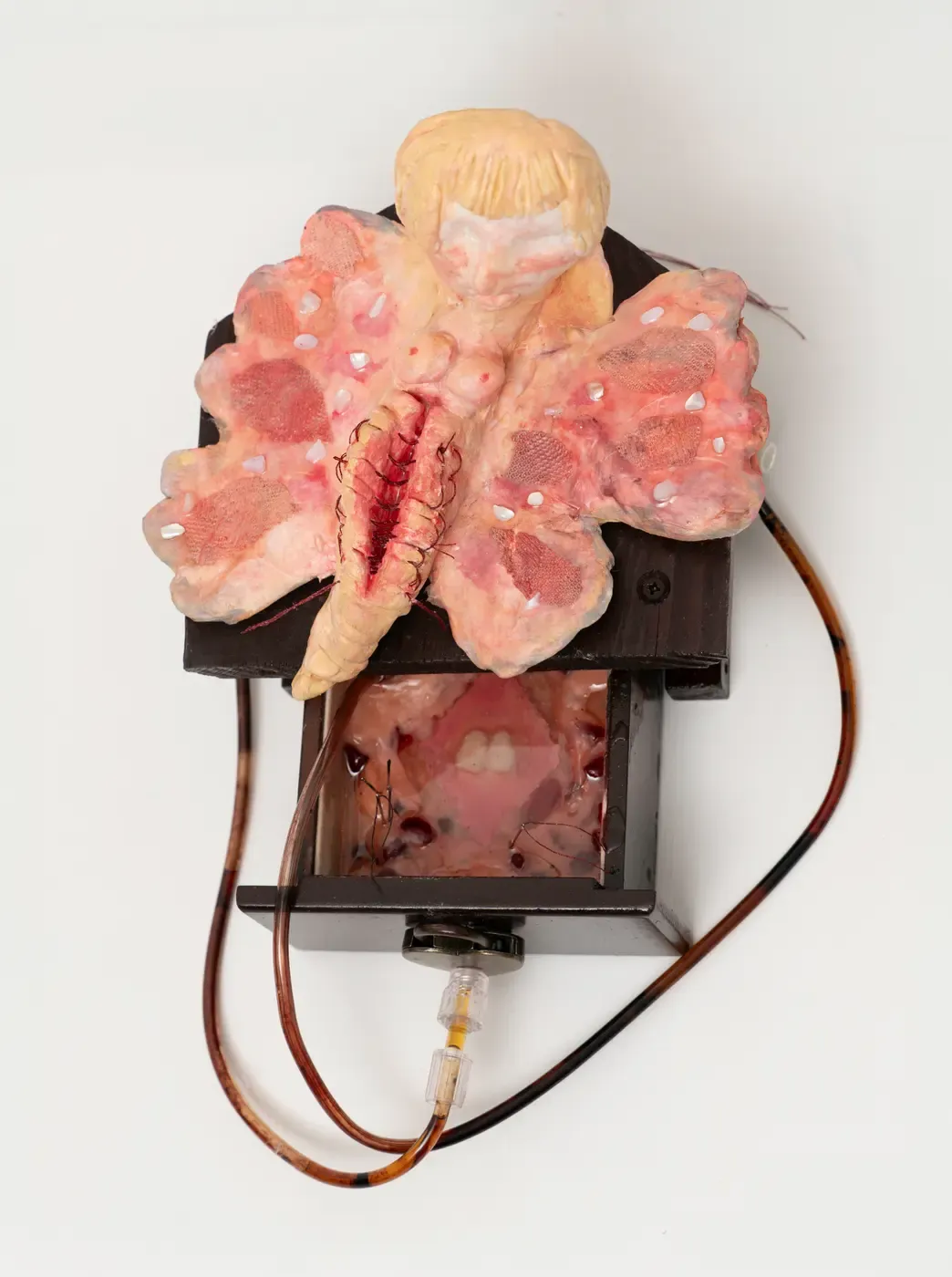

Three mixed-media sculptures by Ailyn Lee (2025), left–to–right: Lured by Red - a cabinet-like shrine built on a crib/bedside table; stone clay, canvas, gemstone, wooden figure/finger, magnifying glass, glass pomegranate, wood log, dried flower, fur fabric, acrylic, 20×15×60 in. Butterfly Butterfly Infirmary, organ-pink butterfly relief wired with an IV loop; stone clay, paraffin wax, pastel, acrylic, ceramic teeth, mother-of-pearl, Hanji paper, thread, gauze, glass beads, wooden drawer/stool, ink, epoxy, heart lock, 10×10×8 in. Dream Sipper - a spindly totem on a stool with mannequin parts and bottle; stone clay, fur fabric, gemstone, wooden table leg, shoe expander, acrylic, string, IV line, ribbon, 35×20×70 in. Lee treats bodies and objects as tactile archives- assemblages where memory, care, and ritual meet..
Figures, vessels, and objects appear not as static forms but as sites of transformation, often bound, stitched, or suspended, as if caught mid-metamorphosis.
The moon hangs low in her canvases, butterflies drift or gather in quiet clusters, and threads draw invisible lines between bodies and objects, memory and present time.
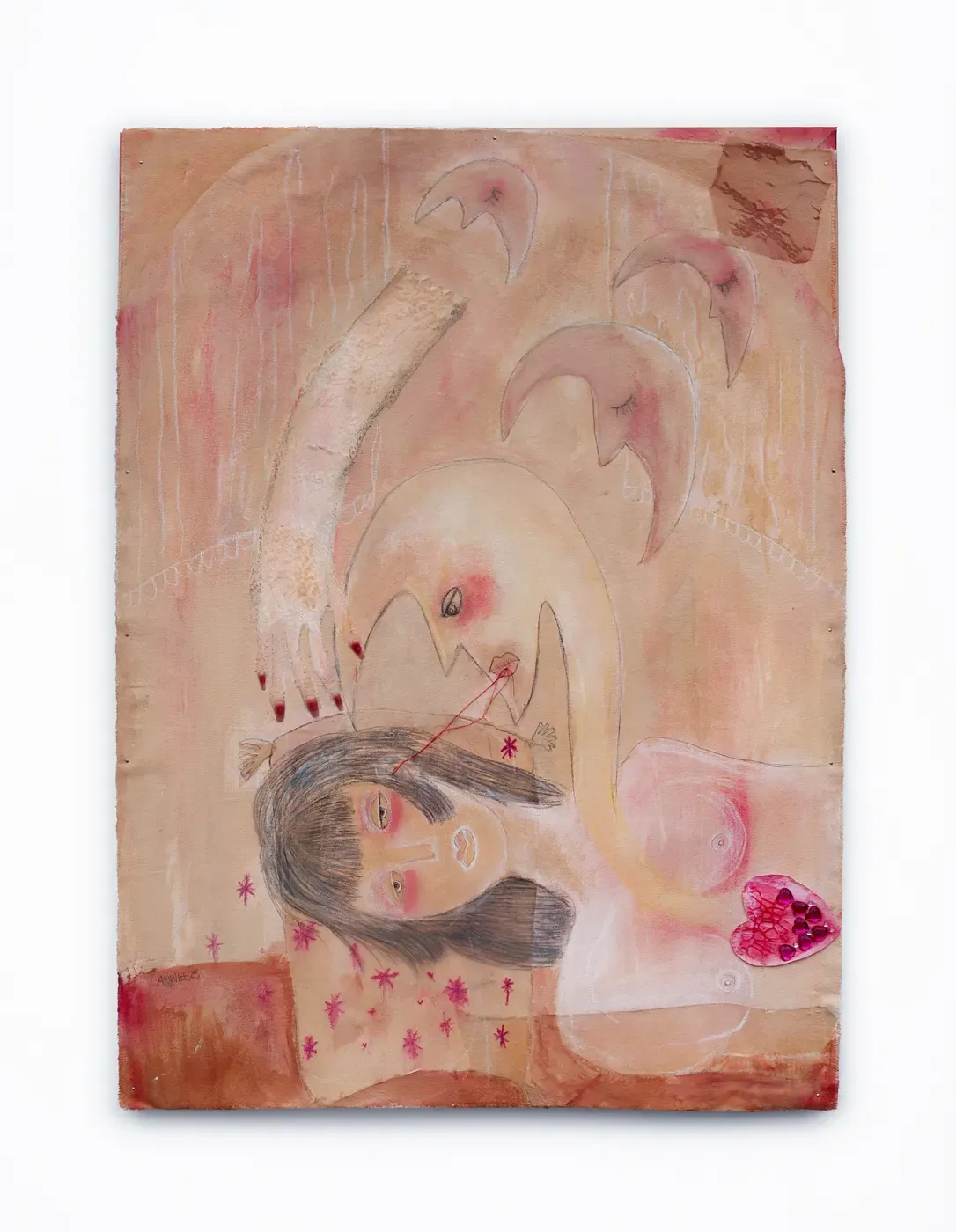
The symbolism is deeply personal yet universally resonant. Each piece seems to listen to the subconscious, to dreams half-remembered, to the pull of inherited stories, to the way longing lingers in physical form.
“Butterfly Butterfly Infirmary” reads like a tender shrine to fragility; “Poisonous Pomegranate” holds both beauty and threat in its lacquered reds and layered textiles; “Pomegranate Cocoon” becomes an intimate reliquary, its scale pulling you close.
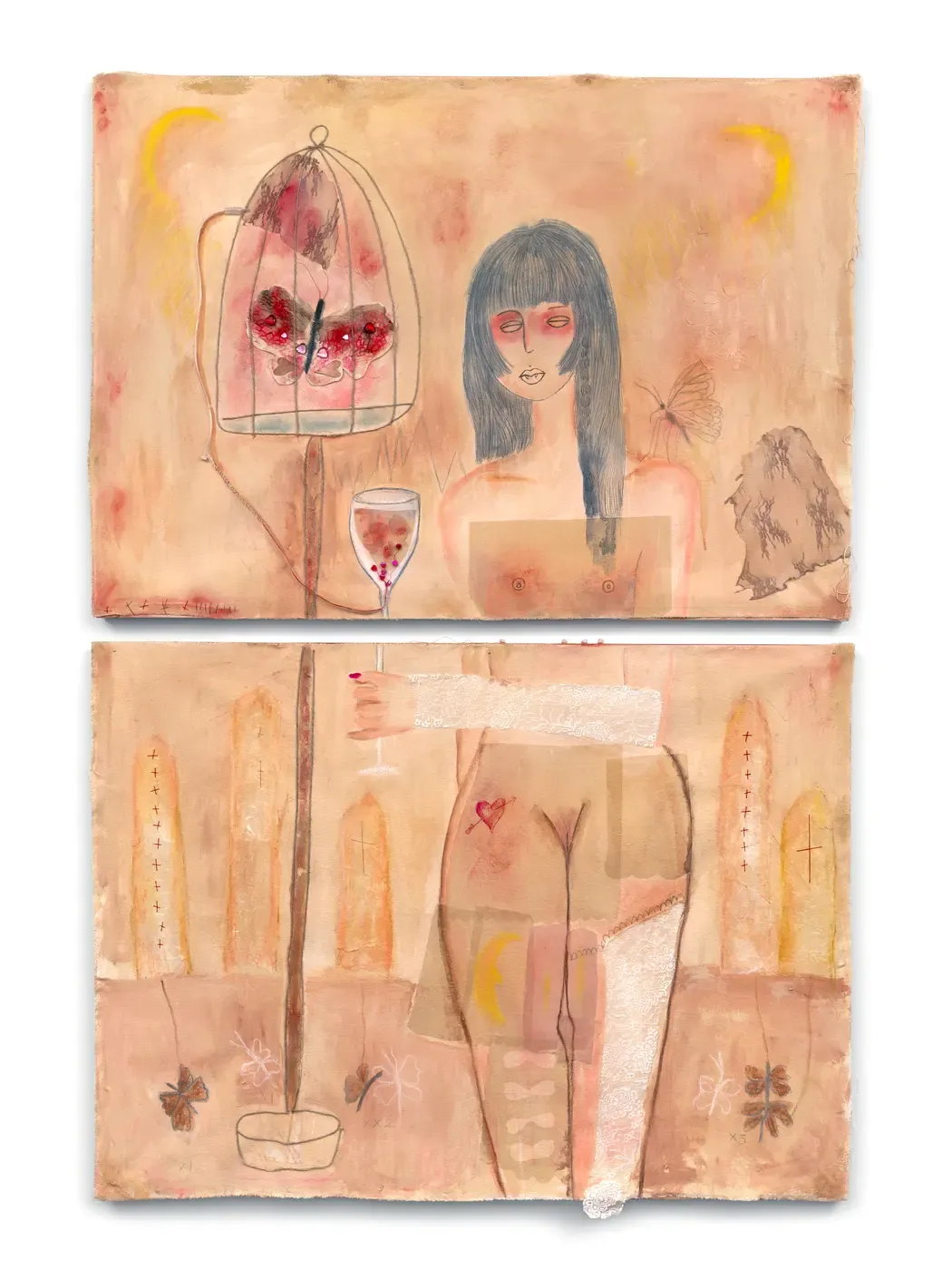
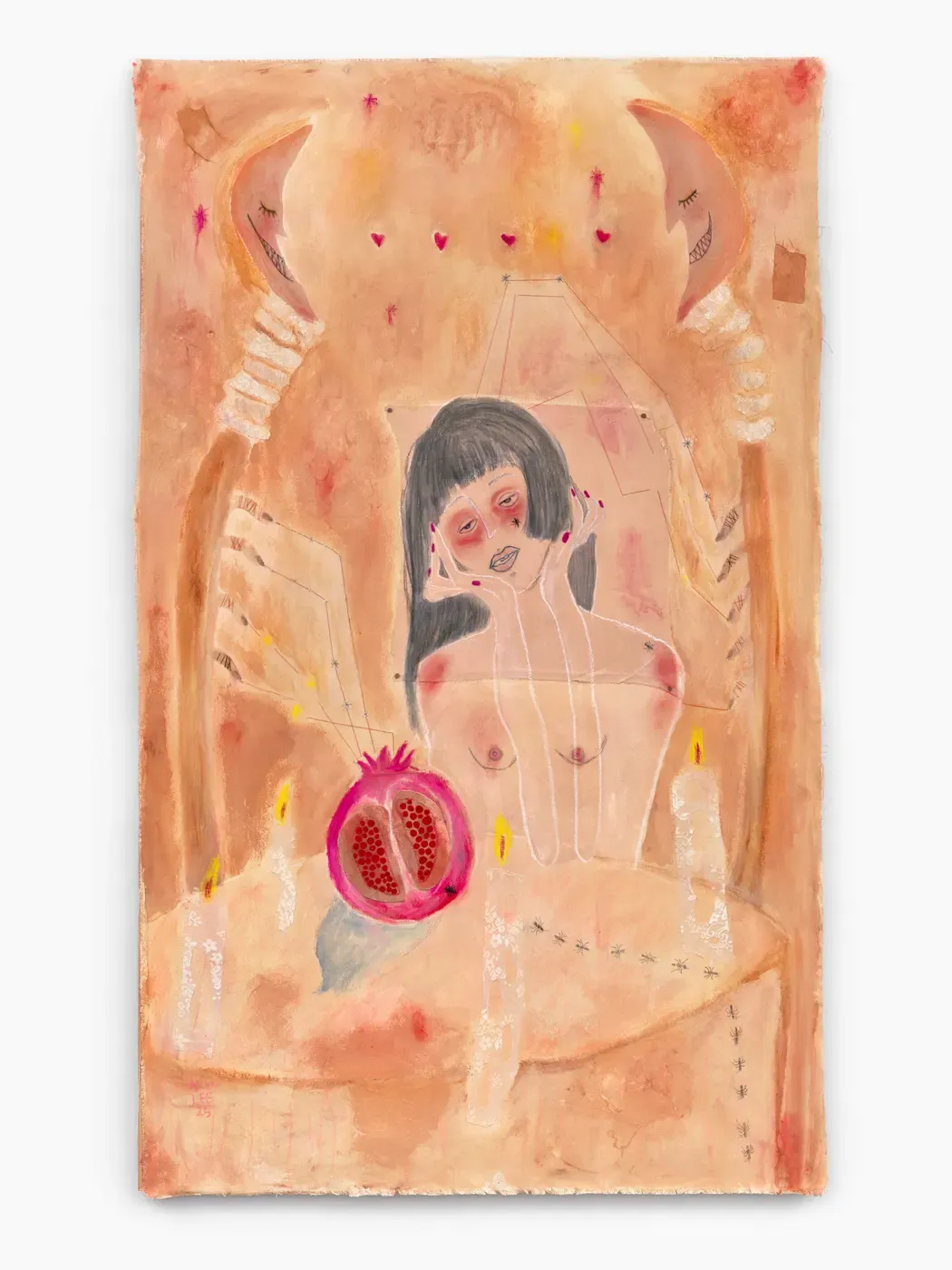
Left — Ailyn Lee, Butterfly Graveyard, 2025 Graphite, acrylic, wax, IV line, gemstone, ceramic teeth, thread, wire, Nobang fabric, Hanji paper, lace, pigment on canvas, 68 × 42 in (two-panel work). A skintone diptych where a caged butterfly, crescent moons, and a half-cloaked figure meet bandage-like patches and poles below. Medical lines and embedded “specimens” (ceramic teeth, gems) turn the body into an archive of care and lose. Right — Ailyn Lee, Poisonous Pomegranate, 2025 Acrylic, Hanji paper, Nobang silk, lace, thread, pastel, graphite on canvas, 60 × 36 in. A tender yet perilous vision: a seated figure threaded with diagrammatic lines, framed by talismanic crescents and candles, while a hot-pink pomegranate glows like a heart. Memory, ritual, and desire condense into one charged emblem.
Lee’s process remains rooted in automatic drawing and dream fragments, but her visual language has sharpened. The works feel denser, more distilled, less a record of a single image than an unfolding of layered states.
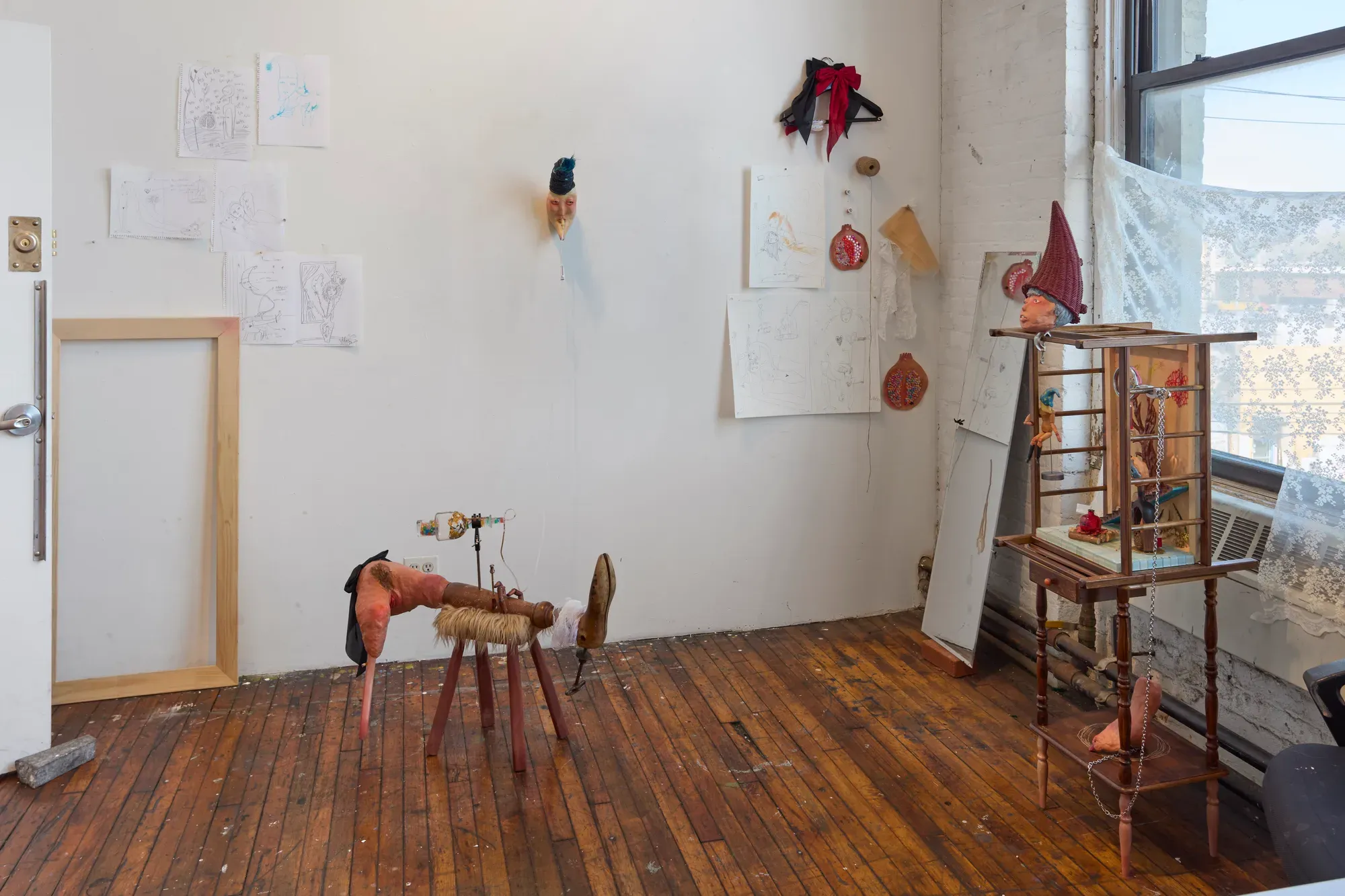
In the studio, her compositions evolve like sediment: objects are placed, removed, replaced, painted over, and sewn back in, until they hold the right charge.
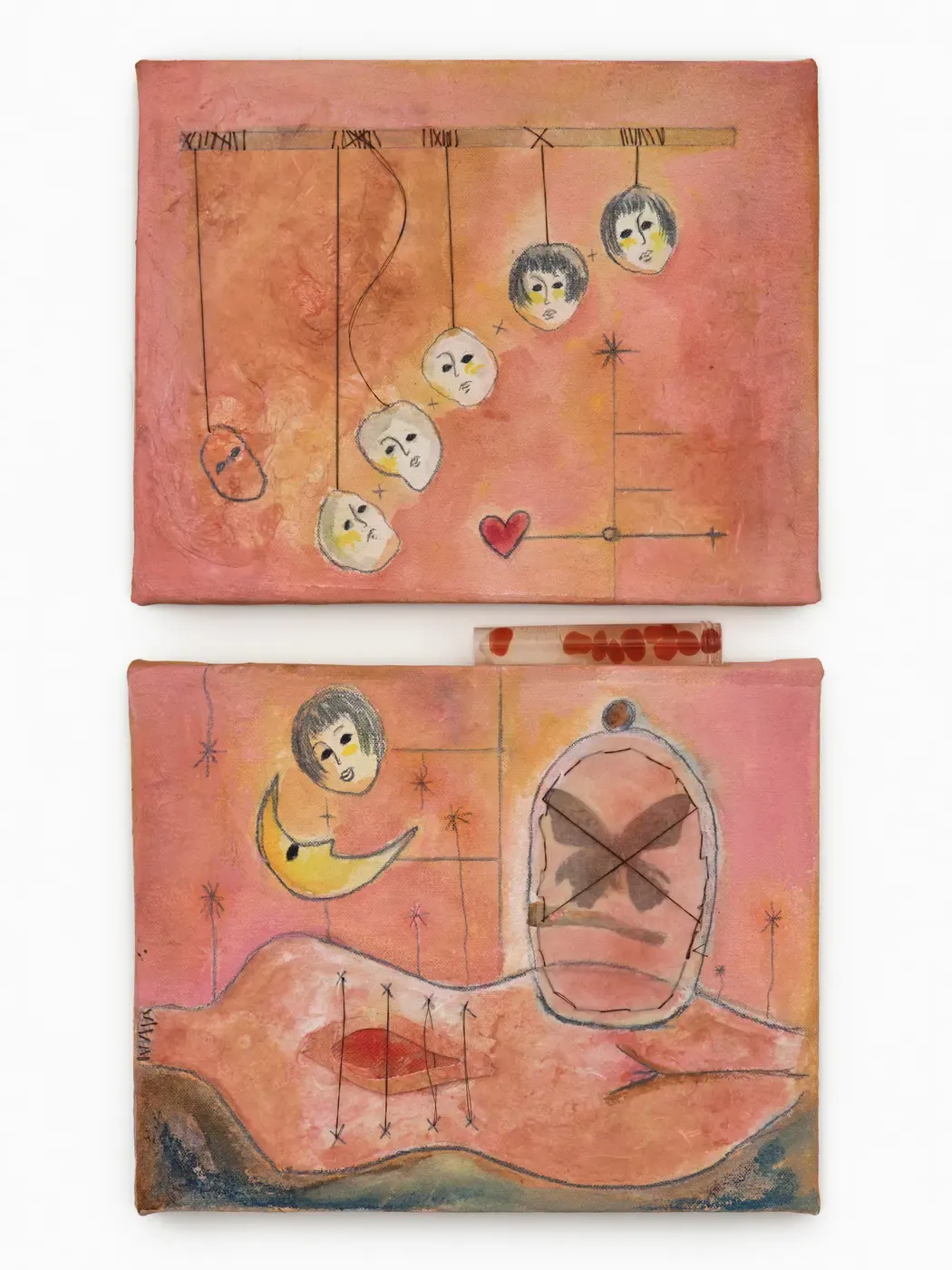
There’s an alchemy here, not the transformation of base metal into gold, but the slow turning of memory into something tangible, something that can be held, carried, and, for a moment, shared.
Follow Ailyn Lee on Instagram

Below, you can still read the full original interview from 2023:
Ailyn Lee: SOURCING IMAGERY FROM HER DAYDREAMS from 2023
Ailyn Lee (b.1994 Seoul, Korea) is a contemporary artist living and working in New York City.
She received her MFA in Fine Arts from The School of Visual Arts (SVA) and her BFA in Illustration at The School of Visual Arts (SVA).
Lee creates multimedia art installations and short films that are surreal spaces of comfort and wonder.

1. WHO IS AILYN LEE? PLEASE INTRODUCE YOURSELF.
I create multimedia art installations and short films that are surreal spaces of comfort and wonder.
When I first left South Korea for the United States, the unfamiliar environment triggered feelings of panic and anxiety.
I began to dream up surreal scenes that made me feel safe and comfortable.
Daydreaming became not only a coping mechanism, but also a source of inspiration for my artwork.

I source imagery from my daydreams to create a theatrical atmosphere.
The background scenery is drawn from familiar domestic spaces I often occupy in my dreamlike state.
I proceed to fill this stage with imagery, such as antique furniture and accessories, keys, shoes, vases, and sculptural busts.
These symbolic items are relics of important and happy places from my childhood, such as my mother’s sculpture studio and my grandmother’s antique shop.
After completing the installation, I create performances and films that activate the space.

2. DO YOU REMEMBER YOUR FIRST ENCOUNTER WITH ART? WHAT MADE YOU WANT TO BE AN ARTIST? WAS YOUR FAMILY SUPPORTIVE? ARE THERE OTHER ARTISTS IN YOUR FAMILY?
I was born into a family of artists.
My grandfather, grandmother, and aunt are painters, and my mother is a sculptor, so I have been surrounded by the arts my entire life.
When I was about six years old, I would visit my mother's art school in South Korea.
While my mother worked on her projects, I would sit in her studio and draw birds outside the window, or build small sculptures from paper and clay.
This is one of the happiest memories of my childhood, and my parents still fill their home with the artworks I made back then.

I believe that growing up surrounded by supportive artists and family members gave me the courage to pursue this career.
I first came to the U.S. when I was fourteen, and it was very difficult to be separated from my family.
Although I felt overwhelmed by the new culture at school, I began to feel at home in art class.
I loved the sensory experience of the arts: the smell of paint, clay, and wood made me feel comfortable and inspired.

I decided to pursue my passion, studying at the School of Visual Arts.
I was invigorated by the diverse community of artists, sharing ideas and working across a variety of media.
Sharing and learning with other artists has been one of the most important experiences of my life.

3. WHAT DOES A WORK DAY LOOK LIKE? COULD YOU WALK US THROUGH A DAY IN YOUR STUDIO?
I usually make art at night: the quiet atmosphere and streetlights glowing outside the window helped me concentrate.
I leave administrative tasks for the daytime, because I find inspiration strikes in the evening.

My studio is at home, and while this does provide a certain amount of flexibility, I find it is difficult to separate my work from my daily life.
I also find the home studio can be lonely, because I got so accustomed to the communal studio experience while studying for my MFA.
Currently, I am applying for residencies and looking for more opportunities to work with artists and build community.

4. WHAT ARE THE LAST 5 SONGS YOU WERE LISTENING TO WHILST PAINTING IF YOU CHECK YOUR PLAYLIST?
I really like old pop and jazz music.
One of my hobbies is going to LP Bars or Jazz Clubs.
These are some songs I have been enjoying recently:
Peggy Lee – Fever
Doris Day – Perhaps Perhaps Perhaps Frank Sinatra – Fly Me to the Moon Chet Baker – Almost Blue
Gilbert O'Sullivan - Alone Again

5. ON YOUR WEBSITE, YOU WRITE “I CREATE MULTIMEDIA ART INSTALLATIONS AND SHORT FILMS THAT ARE SURREAL SPACES OF COMFORT AND WONDER.” COULD YOU TELL US A BIT MORE ABOUT THAT?
In my work process, individual sculptures, films, and paintings come together to create an installation.
It is important to create the right dreamlike and mysterious atmosphere for viewers to experience my projects.
My work is only complete when it is shared with an audience, and the space is activated.

After completing the installation, I create performances and short films that activate the space.
Each of my work and installation appears in short films and these become the actors, conveying the narrative of my daydream.
Through my practice, I hope to connect with individuals and communities that also suffer from anxiety, insomnia, or isolation.
As an artist who has struggled with these conditions for a long time, I want to create a space that invites healing, comfort and empathy.

Here you can view the video.
6. IF YOU HAD ONE WISH OPEN NOW WHAT WOULD IT BE?
I have received a lot of support from friends, communities, and arts organizations.
I would love to someday build an organization that could help other emerging artists, and create opportunities for them to share their work.
I would also like to thank the Munchies Art Club for this interview– it has been great to share my work with you.

7. COULD YOU TELL US A BIT MORE ABOUT SYMBOLS, ANTIQUE FURNITURE AND ACCESSORIES THAT APPEAR IN YOUR WORK?
Since before I was born, my grandmother ran an antique store.
She imported beautiful objects and furniture from 19th century Britain and France: chandeliers, lamps, wardrobes, chairs, beds, sofas, tables, clocks, keys, and accessories.
Her shop was full of amazing things, and as a child it became my magical playground.
The items and furniture from my grandmother's shop would often migrate to my mother's sculpture studio.

My mom would often inadvertently place her finished sculptures of busts, torsos, hands, and legs atop the furniture.
When combined, the furniture and human body parts seemed to be alive.

A bust resting on a drawer looked as if it might speak.
A table combined with hand and leg sculptures felt like it might begin crawling towards me.
These childhood memories are at once happy, comforting, and mysterious, and have become the material of my daydreams.
Additional Info and Support the Artist with a follow:
For more in-depth information, updates on new projects, artworks, and exhibitions, follow Ailyn Lee on Instagram.
Readers also looking for:
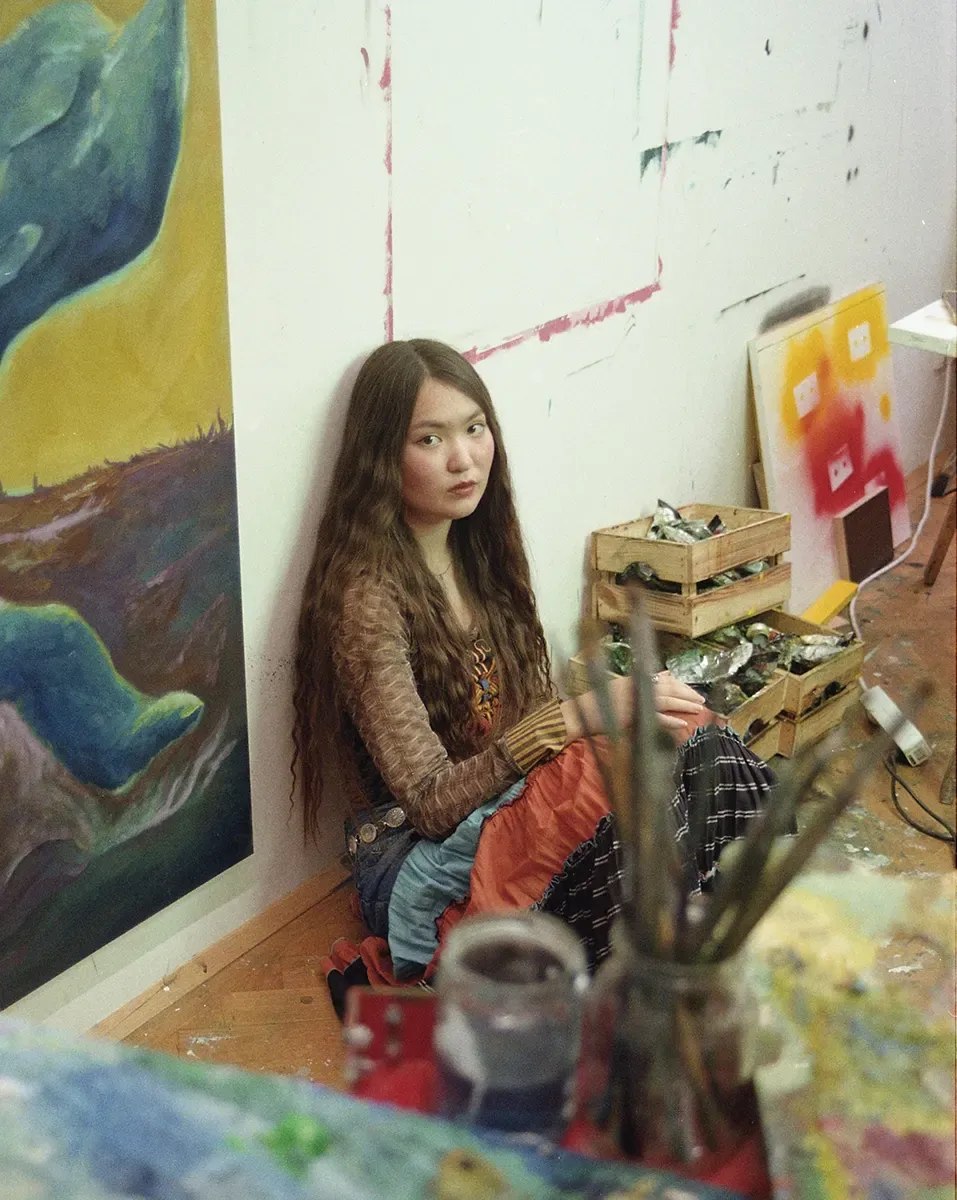
Artist Feature and Interview Yuma Radne
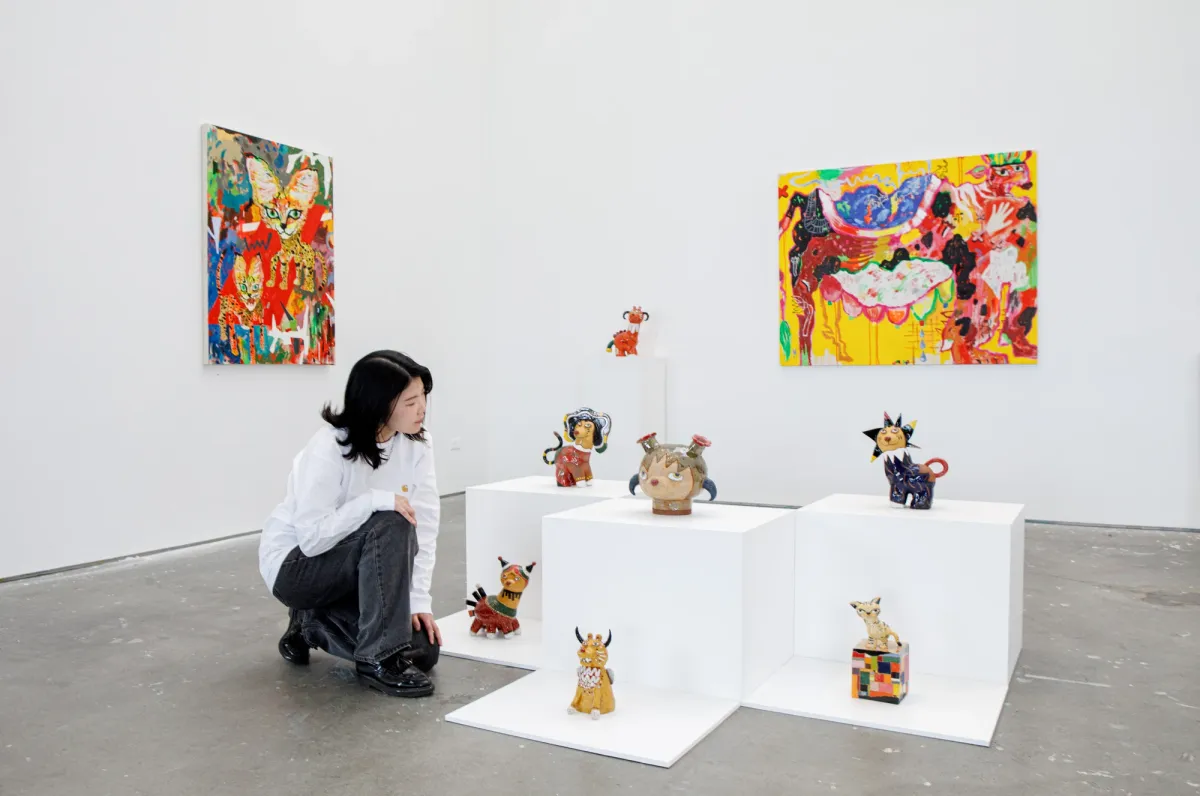
Satoko Okuno
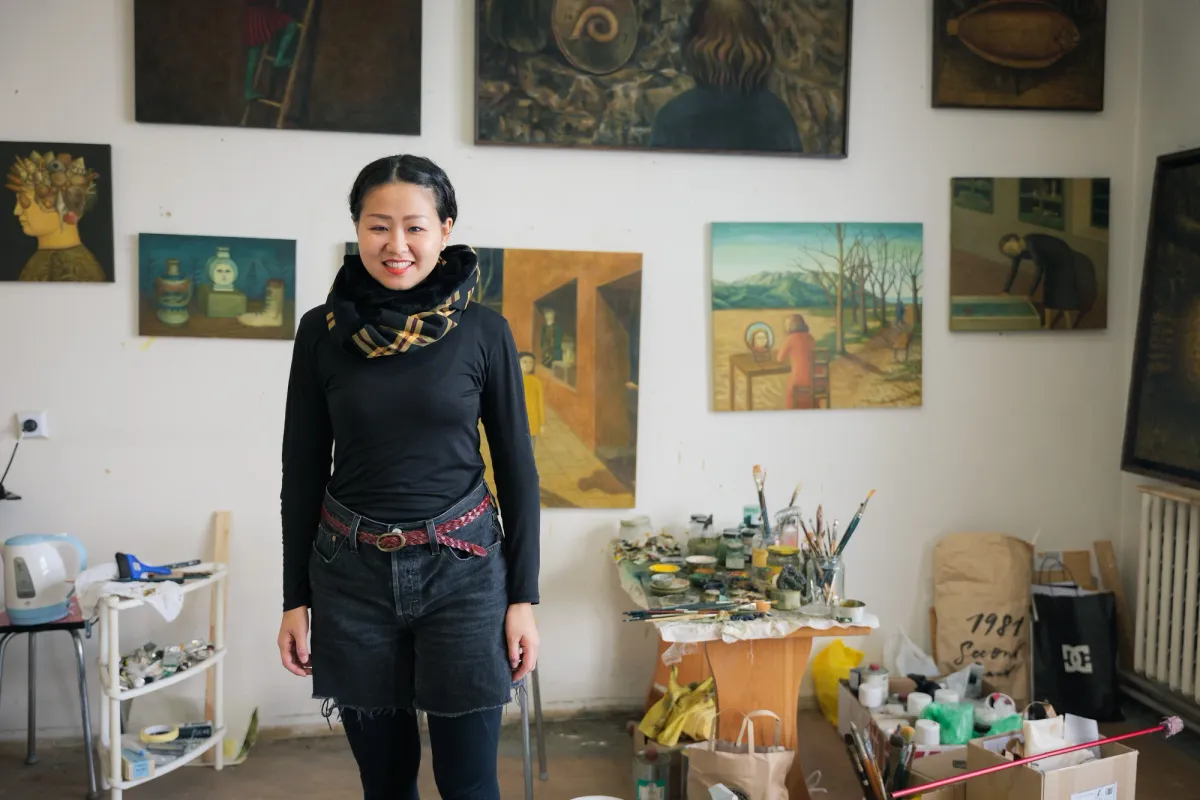
Moemi Yamamoto

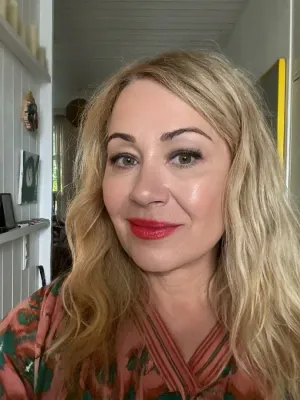
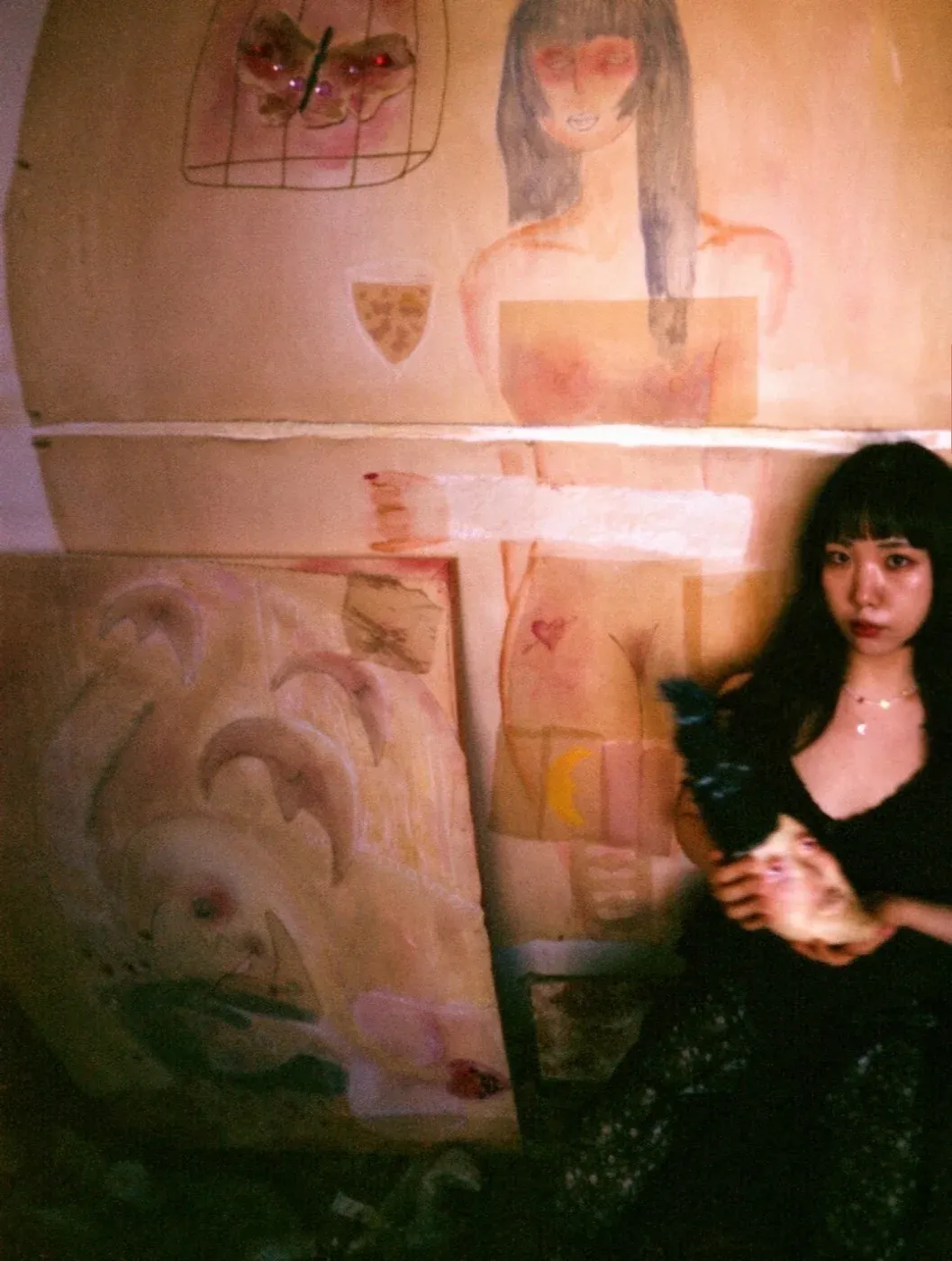



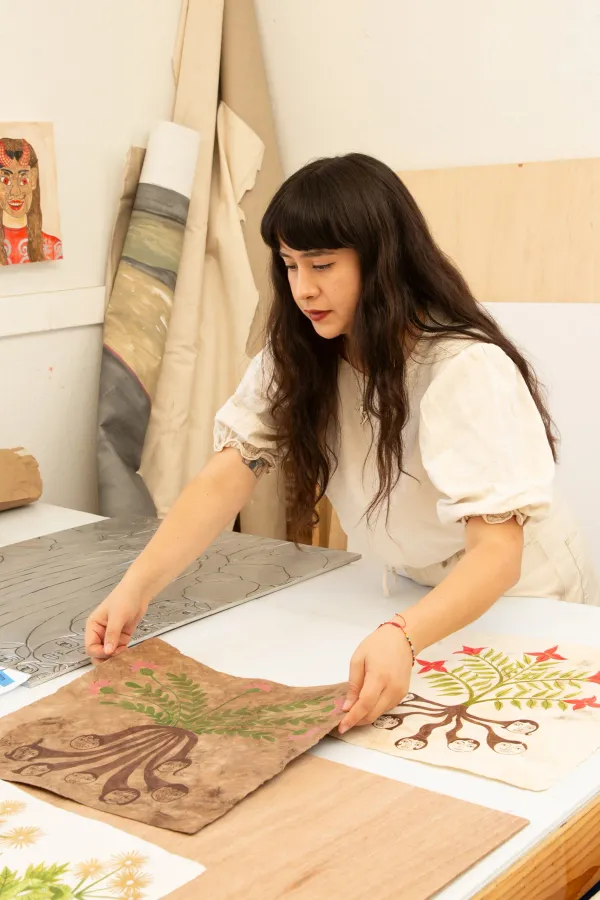
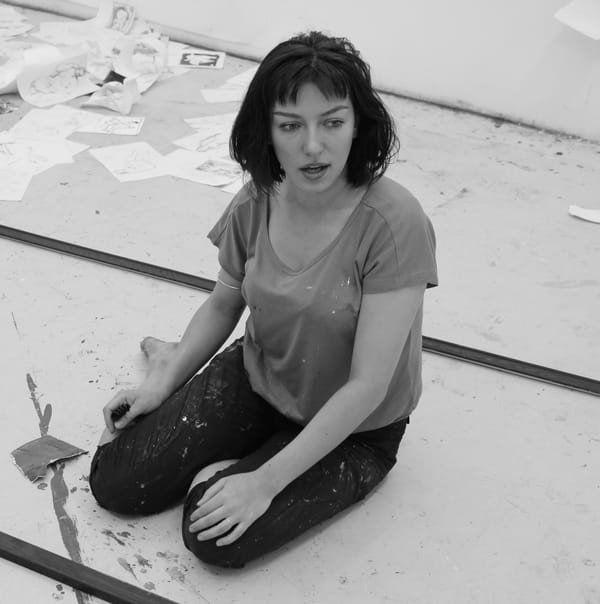
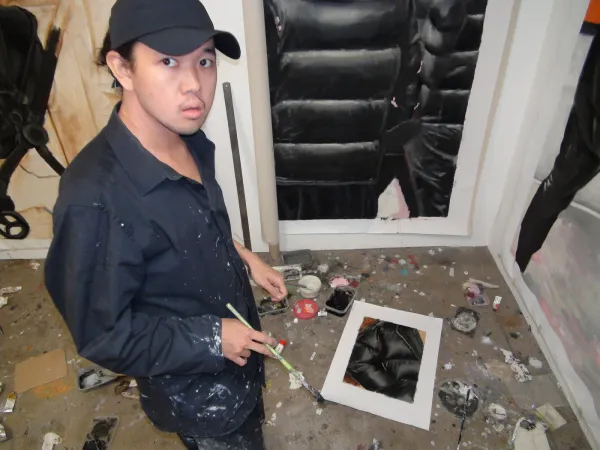
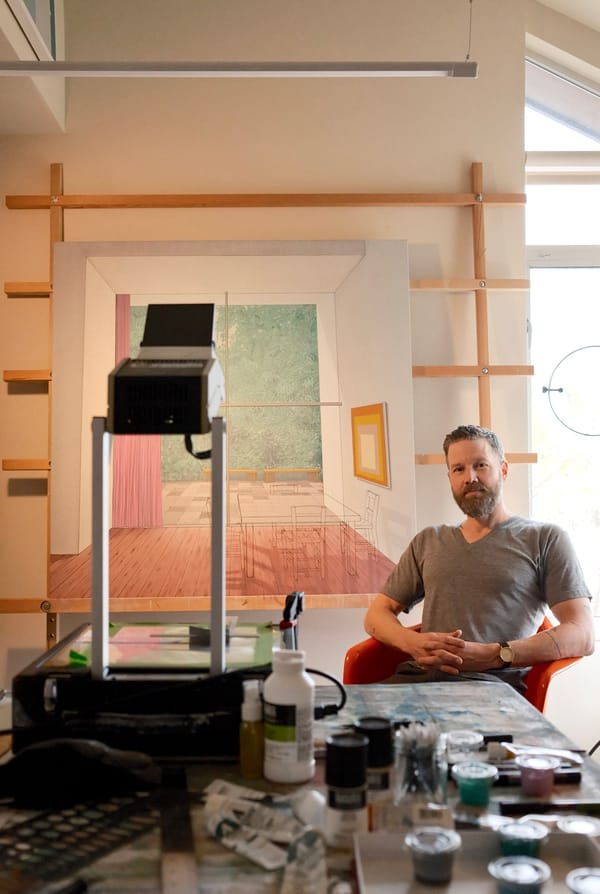

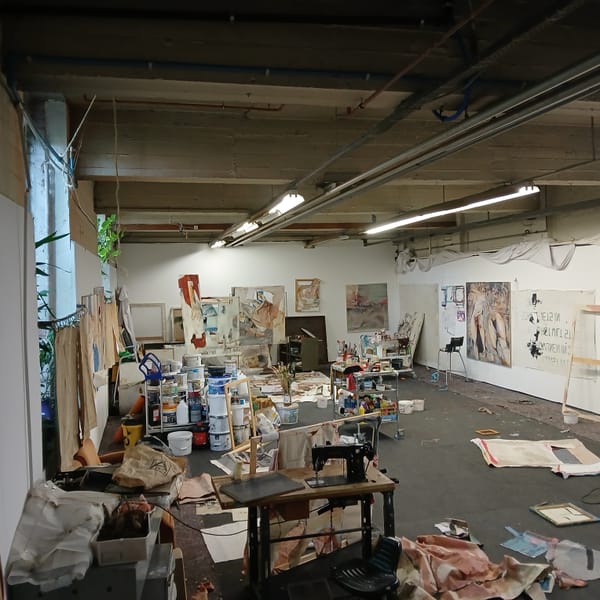
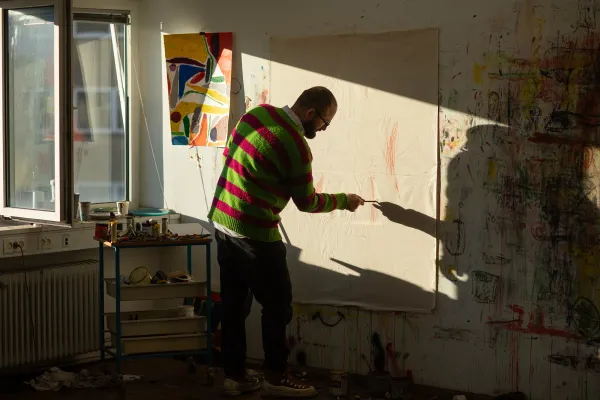
Member discussion